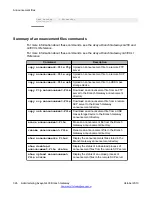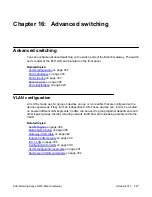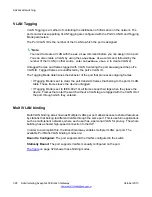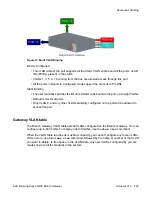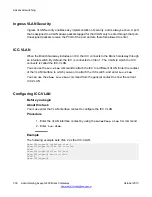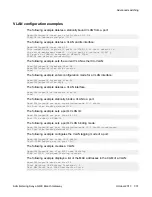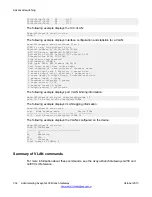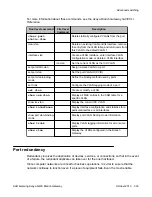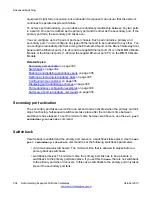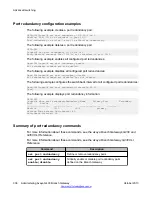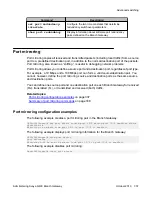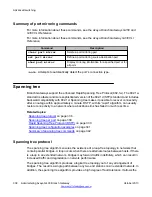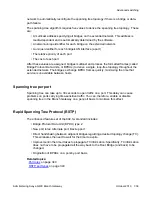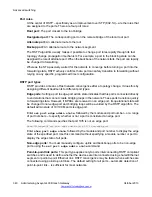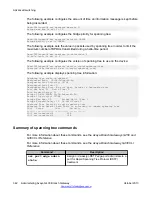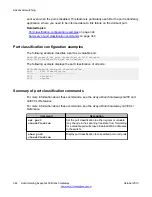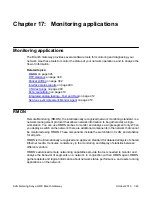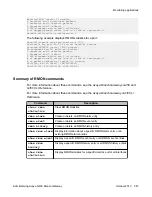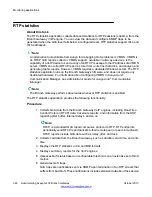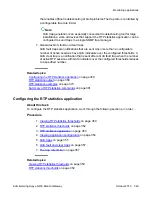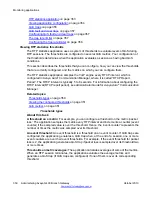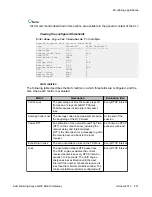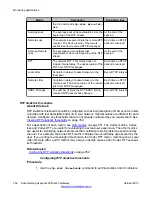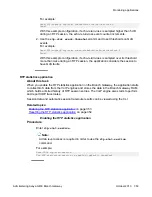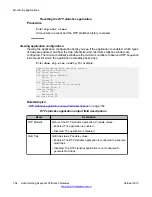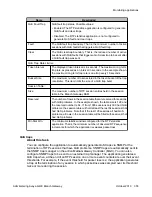
Port roles
At the center of RSTP – specifically as an improvement over STP (802.1d) – are the roles that
are assigned to the ports. There are four port roles:
Root port:
The port closest to the root bridge
Designated port:
The corresponding port on the remote bridge of the local root port
Alternate port:
An alternate route to the root
Backup port:
An alternate route to the network segment
The RSTP algorithm usually makes it possible to change port roles rapidly through its fast
topology change propagation mechanism. For example, a port in the blocking state can be
assigned the role of alternate port. When the backbone of the network fails, the port can rapidly
be changed to forwarding.
Whereas the STA
passively
waited for the network to converge before turning a port into the
forwarding state, RSTP
actively
confirms that a port can safely transition to forwarding without
relying on any specific, programmed timer configuration.
RSTP port types
RSTP provides a means of fast network convergence after a topology change. It does this by
assigning different treatments to different port types.
Edge ports:
Setting a port to edge-port admin state indicates that this port is connected directly
to end stations that cannot create bridging loops in the network. These ports transition quickly
to forwarding state. However, if BPDUs are received on an edge port, its operational state will
be changed to non-edge-port and bridging loops will be avoided by the RSTP algorithm. The
default admin state of 10/100 M ports is edge-port.
Enter
set port edge admin state
, followed by the module and port number – or a range
of port numbers – to specify whether or not a port is considered an edge port.
The following command specifies that port 10/5 is not an edge port:
Gxxx-001(super)# set port edge admin state 10/5 non-edge-port
Enter
show port edge state
, followed by the module and port number, to display the edge
state of the specified port. Use this command without specifying a module number or port to
display the edge state of all ports.
Non-edge ports:
You must manually configure uplink and backbone ports to be non-edge
ports, using the
set port edge admin state
command.
Point-to-point link ports:
This port type applies only to ports interconnecting RSTP compliant
switches and is used to define whether the devices are interconnected using shared Ethernet
segment or point-to-point Ethernet link. RSTP convergence may be faster when switches are
connected using point-to-point links. The default setting for all ports – automatic detection of
point-to-point link – is sufficient for most networks.
Advanced switching
340 Administering Avaya G430 Branch Gateway
October 2013
Summary of Contents for G430
Page 1: ...Administering Avaya G430 Branch Gateway Release 6 3 03 603228 Issue 5 October 2013 ...
Page 12: ...12 Administering Avaya G430 Branch Gateway October 2013 ...
Page 246: ...VoIP QoS 246 Administering Avaya G430 Branch Gateway October 2013 Comments infodev avaya com ...
Page 556: ...IPSec VPN 556 Administering Avaya G430 Branch Gateway October 2013 Comments infodev avaya com ...

